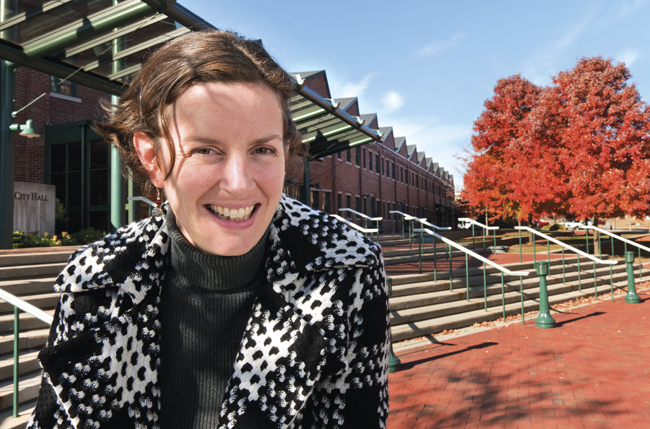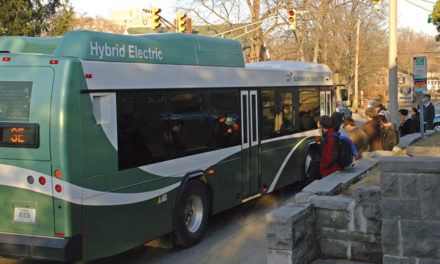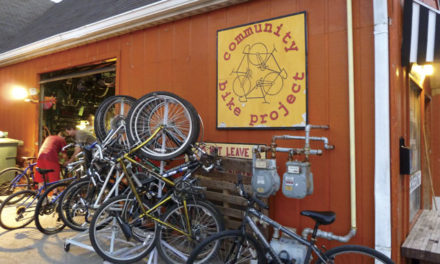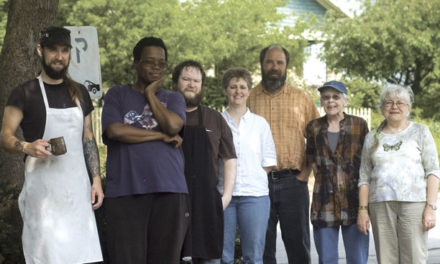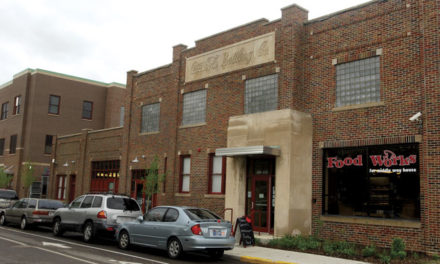BY KELLY KENDALL
When Bloomington City Hall was built more than 100 years ago as the Showers Brothers Furniture Factory, green was just a color. But late last year, the historic building achieved Leadership in Energy and Environmental Design (LEED) certification from the U.S. Green Building Council. City Hall is the first city-owned building to achieve LEED certification, the nationally recognized benchmark for environmentally friendly buildings.
“It’s one of our most prominent public buildings, so we wanted people to see what was possible,” says the city’s sustainability coordinator, Jacqui Bauer.
City Hall’s LEED certification was pursued as part of Bloomington’s Green Building Ordinance, adopted in 2009, requiring the city to certify buildings through LEED if the necessary improvements will have a ten-year payback period or less. Approximately 15 buildings are affected by the ordinance; next, the city will do a cost-benefit analysis on Twin Lakes Recreation Center to assess whether it makes sense for LEED certification.
To create the Green Building Ordinance, the city looked at similar laws across the country, says Bauer, who isn’t aware of another such ordinance in Indiana.
For the City Hall project, which began in 2010, Bloomington spent about $160,000 in federal stimulus money to meet LEED requirements, including changing light bulbs to LED lighting and upgrading toilets to low-flow levels. They also added what are essentially dimmer switches to the boilers, which previously had only two settings: off and maximum capacity.
Some of the steps toward City Hall’s LEED certification—such as creating a sustainable purchasing policy—were one-time expenses, but many of those steps can be used for other projects, too.
The work to gain LEED certification has lowered City Hall’s electric bill 46 percent since 2006, and the city estimates that energy usage will drop by another 10 percent.
Even if earning a LEED plaque isn’t feasible for every structure, Bauer hopes the City Hall example will encourage other improvements.
“There are a ton of steps anyone can take in any type of building that are not as complicated as LEED certification,” she says. “I would love to see this inspire people to make changes in their buildings.”


